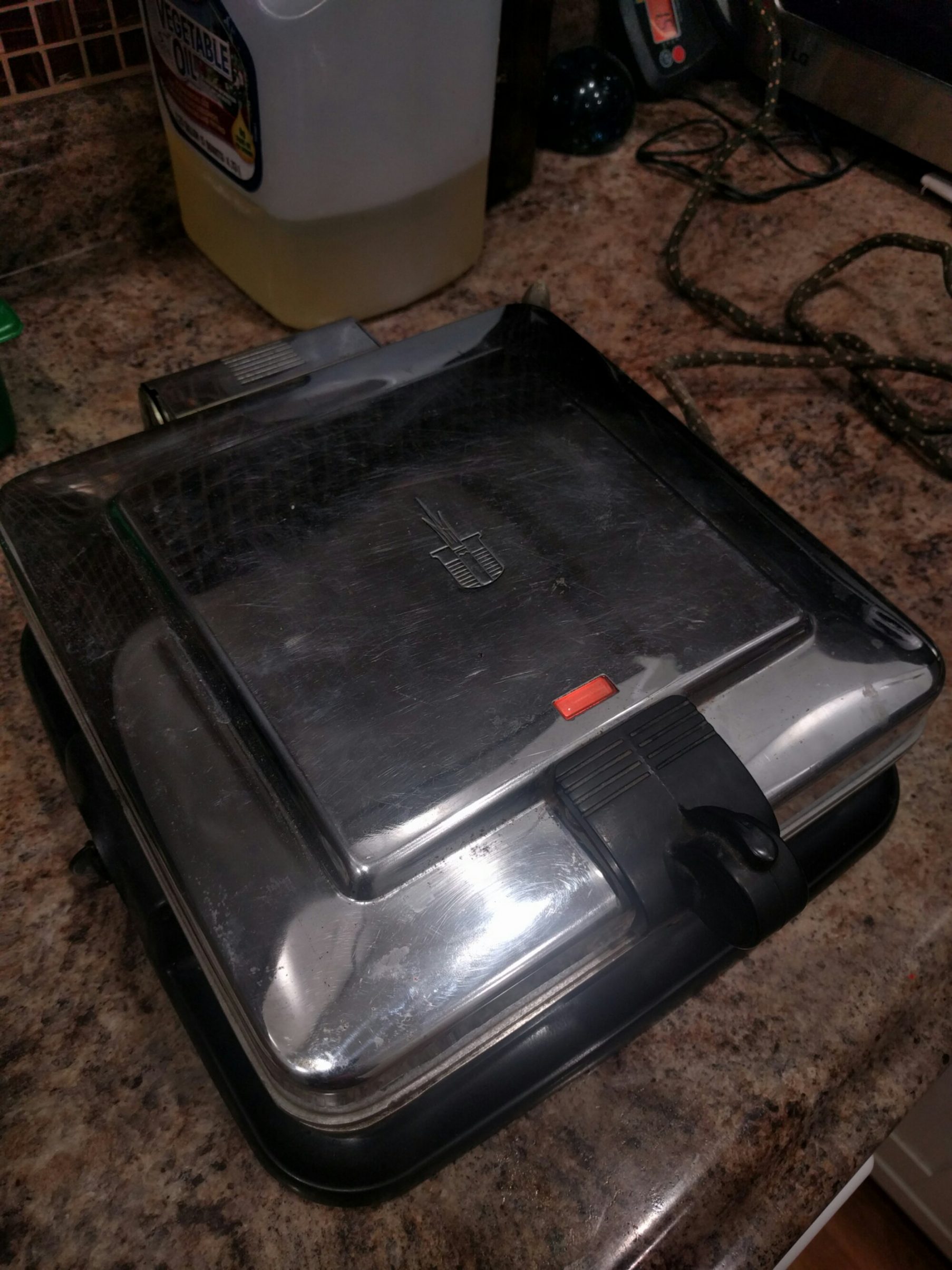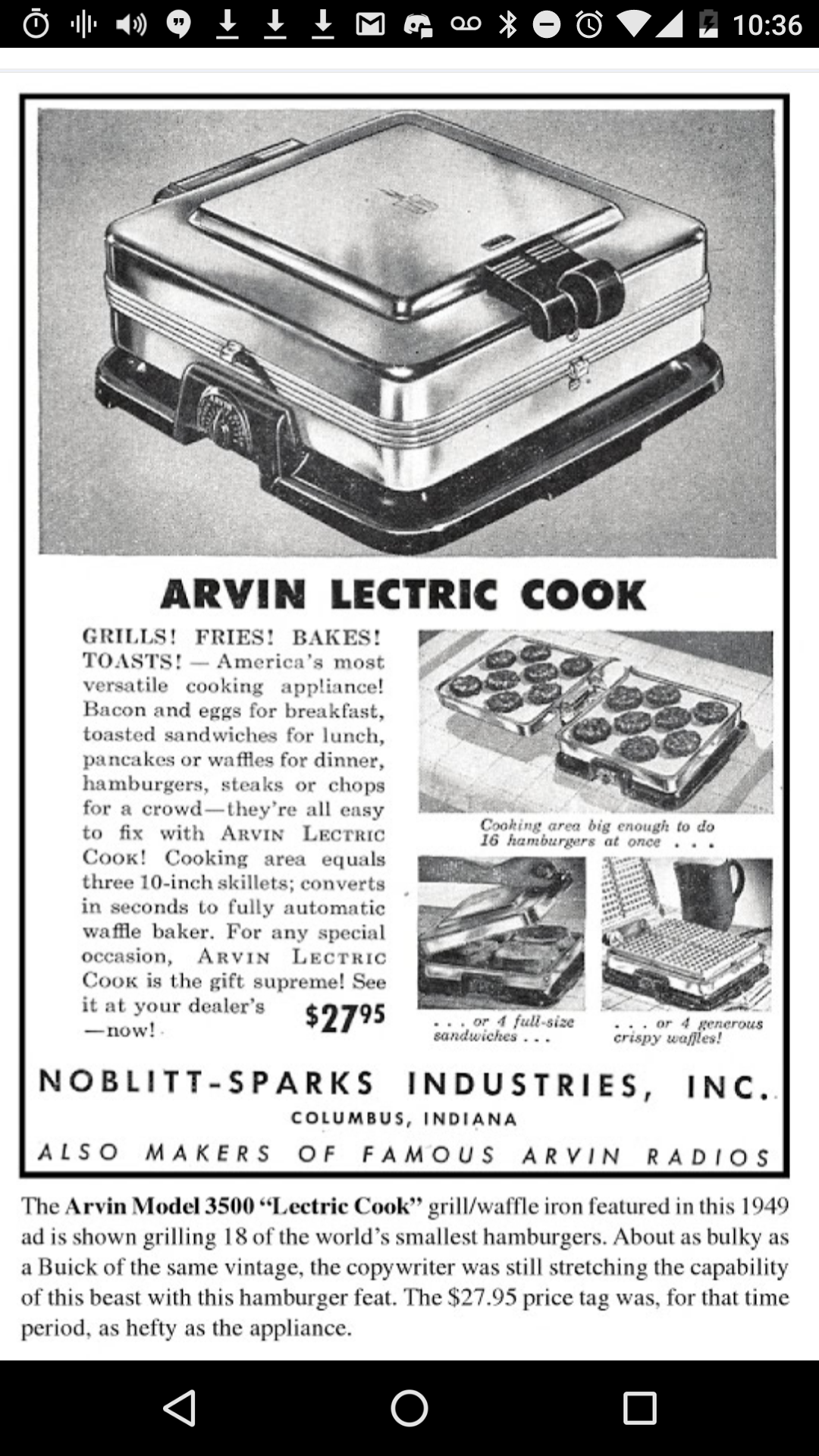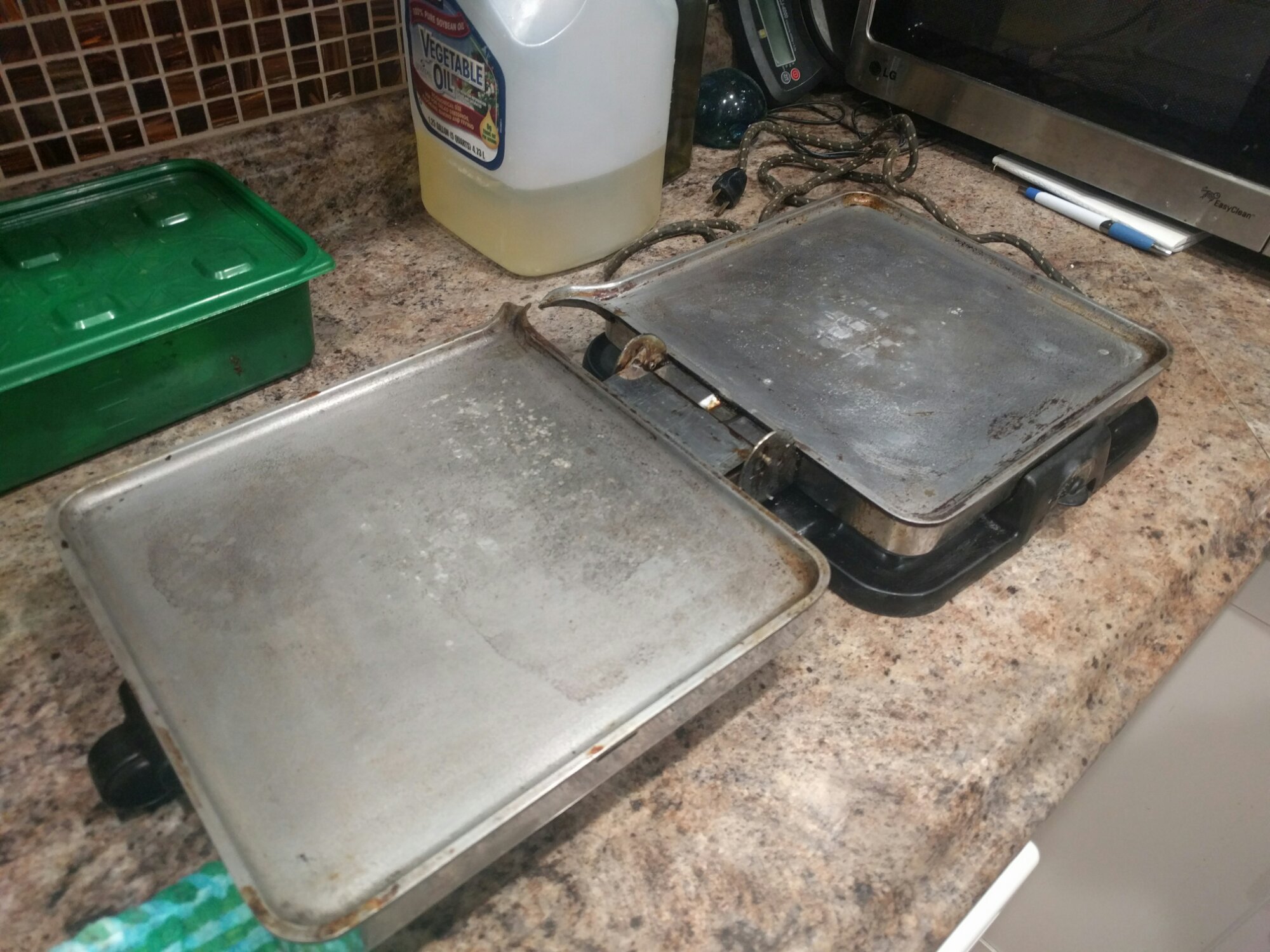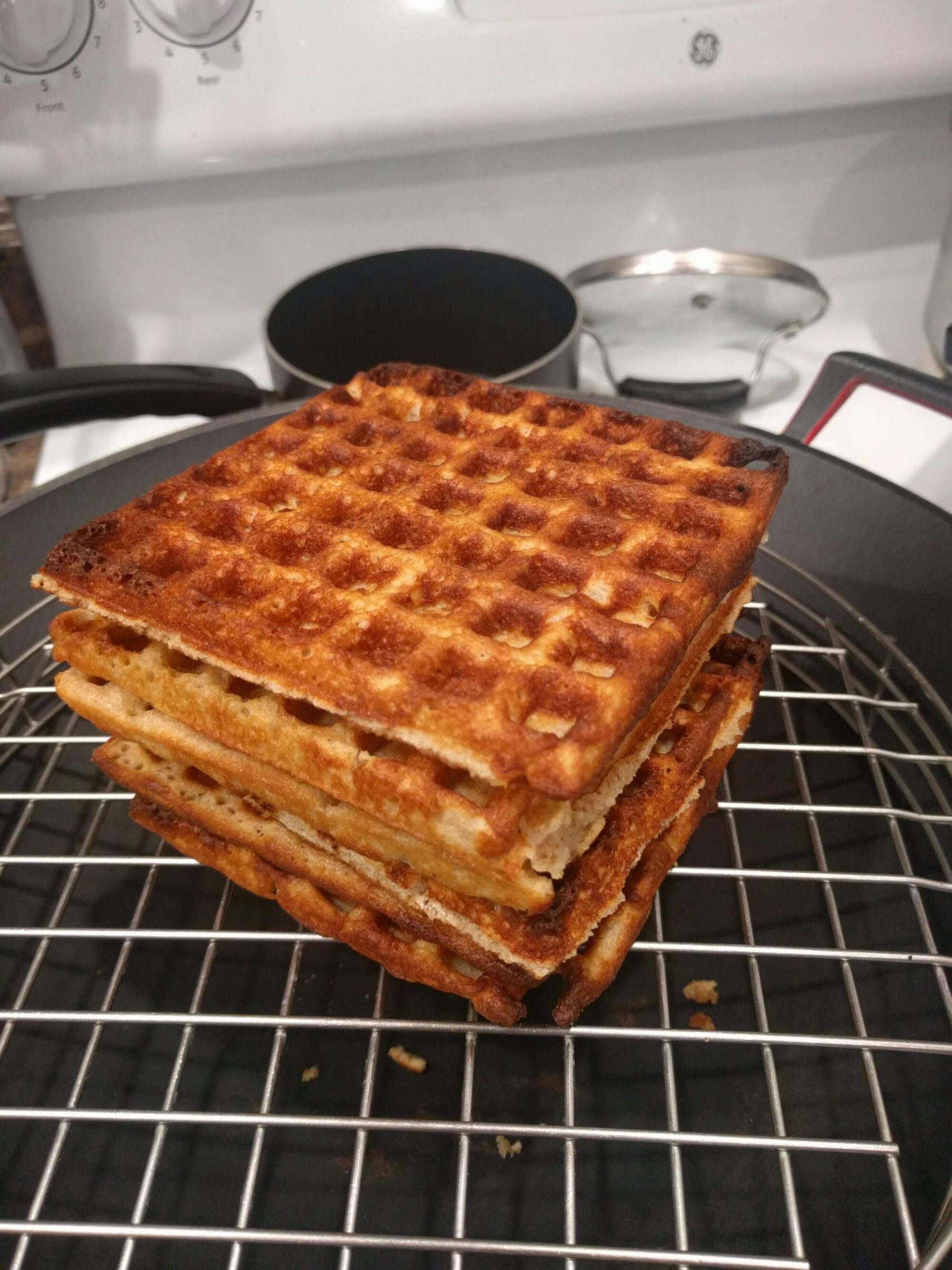

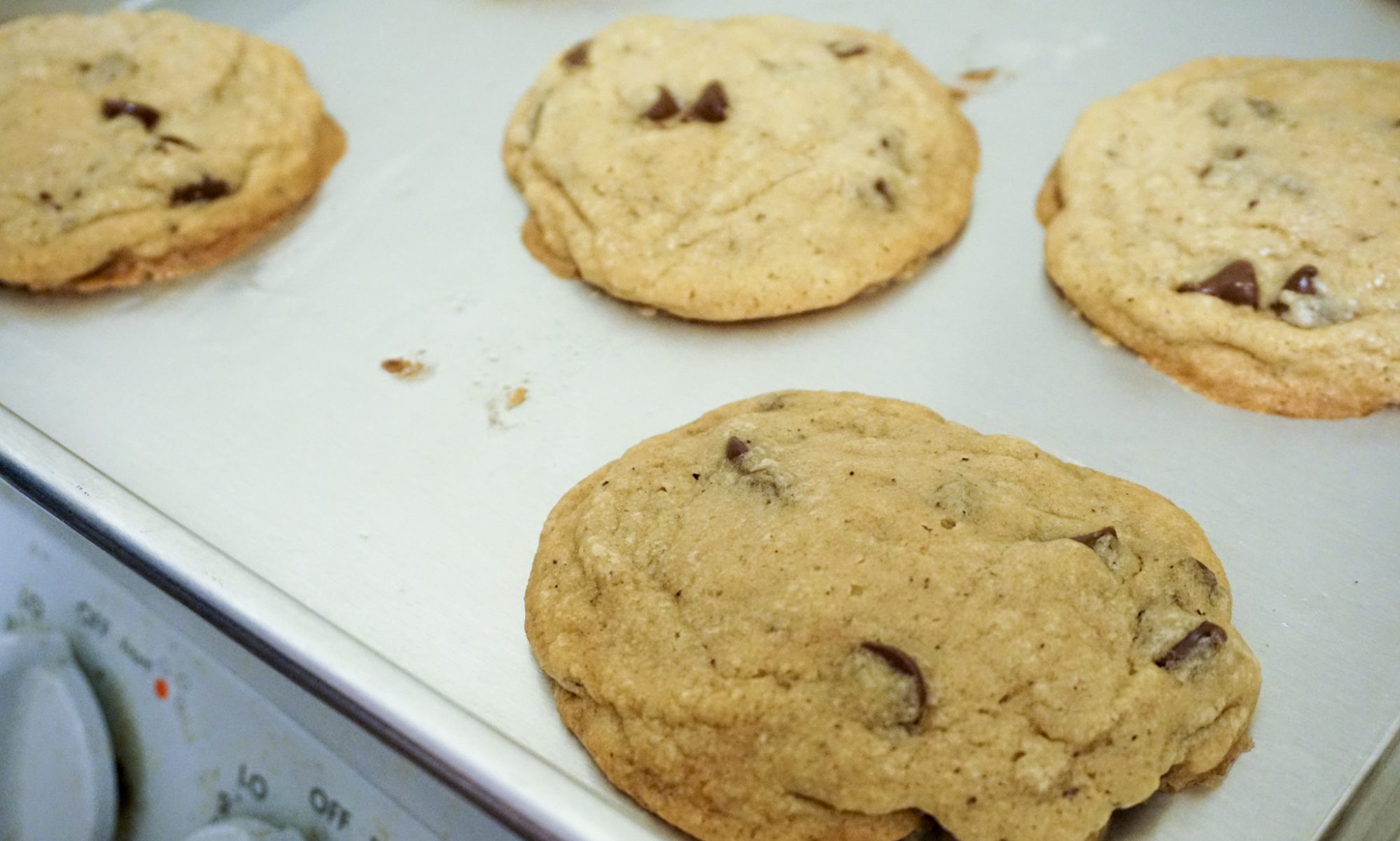
Food, sustainablity, and some other stuff
Events from J’s and N’s lives.
Here is the cast of characters who feature in the blog. This will be updated as characters are added. Please let us know if anybody’s not on here!
(I was originally thinking of doing a kind of “family” tree to show how everyone’s connected, but… maybe in the future.)
J- likes ergonomic electronics and accessories.
N- likes crafts, environmentalism, low waste, cooking.
Friend A who likes bugs- went to college with J and N, likes bugs, likes outdoors, likes electronics.
Friend A who has allergies – went to college with J and N, but in the year below, allergic to lots of stuff (but less now!), works out.
Friend S who is excited- went to college with J and N, studied abroad (in Denmark) with N, recently into environmentalism and low waste, always very excited!
Friends P&J- went to college with J and N, but in the year above, like Asian food (who doesn’t?), moved to the East Coast so won’t be featuring very much anymore ;_;
Sibling C- N’s older sibling, interested in food, crafts, low waste, currently in medical school.
Sibling A- N’s younger sibling, currently in undergrad for engineering.
Friend V- studies Japanese, watches anime, interested in trying the chewed sake!, moving to LA ;_;
I made danmuji, Korean yellow pickled radish, about a month ago. It’s supposed to sit for a month before being used, so this is the initial review!
I used Maangchi’s recipe, substituting oat bran for rice bran, and turmeric for gardenia fruits. Apparently, gardenia fruits are edible. Who knew? Gardenia is used as an ornamental, so maybe you could forage for them. The fruits aren’t supposed to taste like much, however. Much like turmeric, they’re mainly used for their yellow color. The rice bran was supposed to add a “complex flavor”. I’m not sure if the oat bran was a good substitution in this case. But it doesn’t seem to have done any damage!

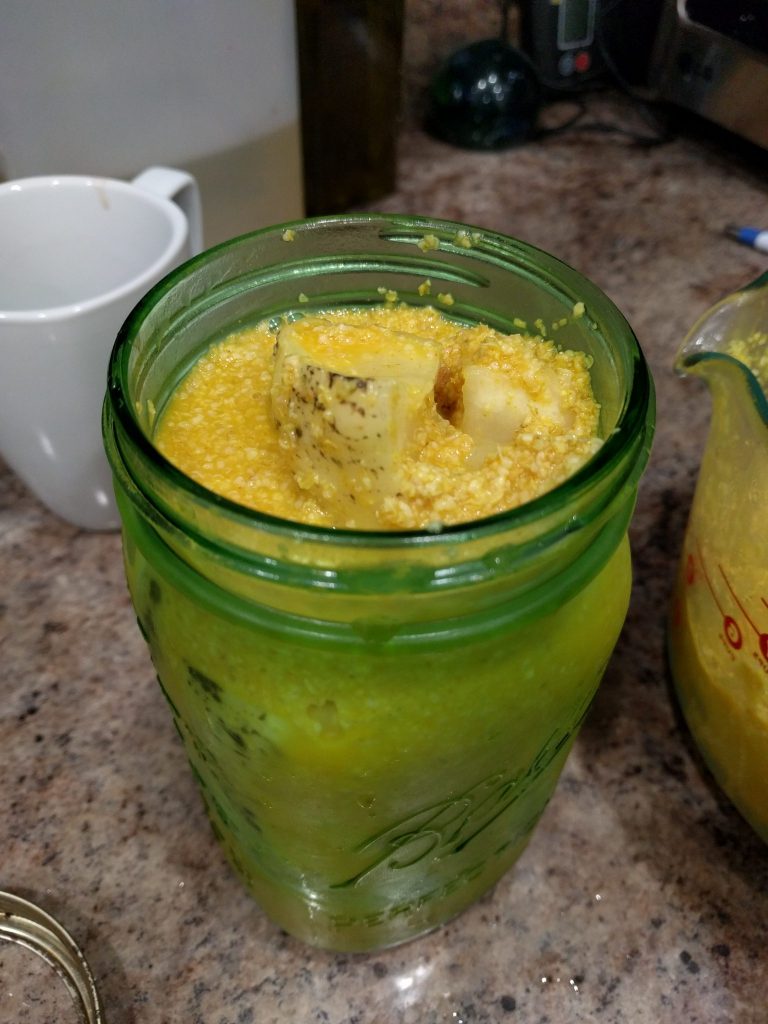
During the resting period, the radish ferments, according to Maangchi. However, I’m not sure if this is correct. The radish is supposed to be stored in the fridge, so it wouldn’t ferment very fast. And you add vinegar directly to the brine. In normal lactic acid fermentation, such as in kimchi, the brine becomes sour over time due to lactic acid buildup. There’s no need to add vinegar. So I believe that the radish is simply being pickled.
That said, perhaps it is supposed to be fermented; while good, the radish that I ate didn’t taste like commercial danmuji. It is crispy and vinegary, of course. There’s a very strong funky radish smell and flavor. J thinks it smells like rotting or maybe rotten meat, but I really just think it smells like radish. Delicious!
The yellow coloring hasn’t fully permeated the radish yet. At this point, it has a halo of yellow, with a completely white interior. Maybe with time…
Even compared to kimchi, this was an easy recipe. You should try it!
We’ve started trying to make something resembling sake. We found a sake recipe online, but it seemed really hard so I just mixed random stuff together instead.

We made gochujang a while ago. I added more salt to the top to discourage mold, although there hasn’t been any.
The top layer of gochujang is a little drier, and is starting to get that maroon color. It’s been about a month since we made the gochujang, but it hasn’t seemed to ferment yet. No bubbles, no change in smell. It seems very well preserved. I guess I’ll just leave it out until we need it. It can mature for a few more months.
You’re supposed to put gochujang in the sun every day to discourage mold. Unfortunately we don’t have a balcony and nothing is allowed in the public walkway. So for a while (until I decided it wasn’t doing anything), I put it just in front of the door with the door cracked open. That way it is technically inside, but still in the sunlight for a few hours.
Our landlord contacted us the other night. Apparently another tenant has been complaining about a “horrible”-smelling (it doesn’t smell like anything) red paste outside our door. The tenant is also apparently thinks this means that we have bed bugs………..
Edit: J was all het up over it. He took it to mean that the neighbors think we’re dirty, and went on a cleaning binge. And now the shower’s super clean!
Last Saturday, we tried to go to a Japanese-English language meetup (they serve takoyaki afterwards). Because it’s in the far-away city of Cupertino, we decided to make a full day of it and spend time at museums in the area. Unfortunately, it turned out that we had gotten the date wrong and the meetup wasn’t happening… ;_; Ummmm
But the trip was totally worth it! We did lots of other exciting things.
The first planned activity was the Cupertino Historical Society. It’s a very small museum inside the Cupertino community center. Turns out that it’s free (although J left a donation), which is always nice. Afterwards we wandered around the park behind the community center. We ate our box lunches while gazing out over the pond. I believe I had leftover pasta and split peas.

Fortuitously, Cupertino was having it’s community-wide garage sale last Saturday! I love garage sales!!
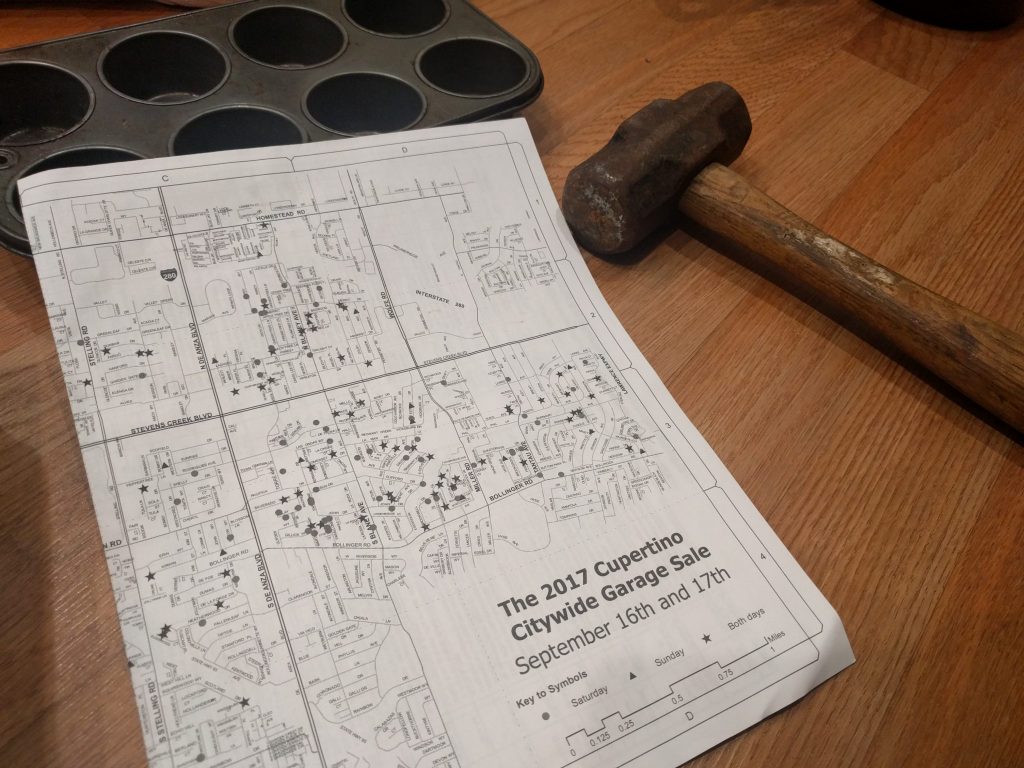
J and I went to several together, and I went to several more alone (while J attempted to attend the language meetup).
I got:
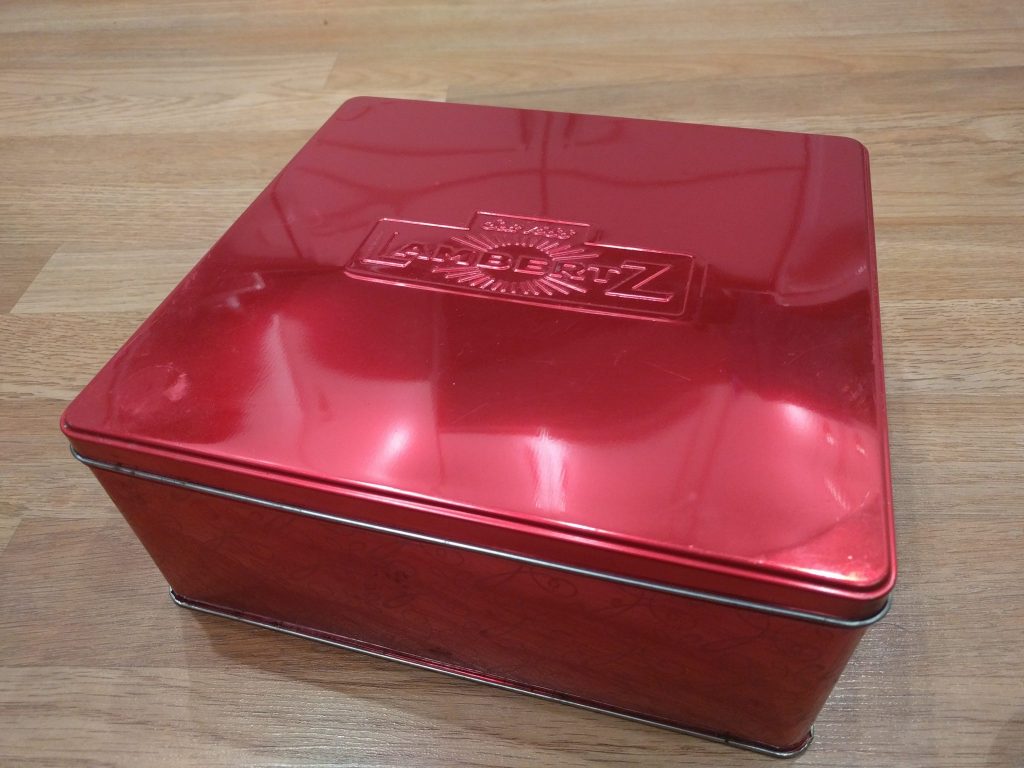
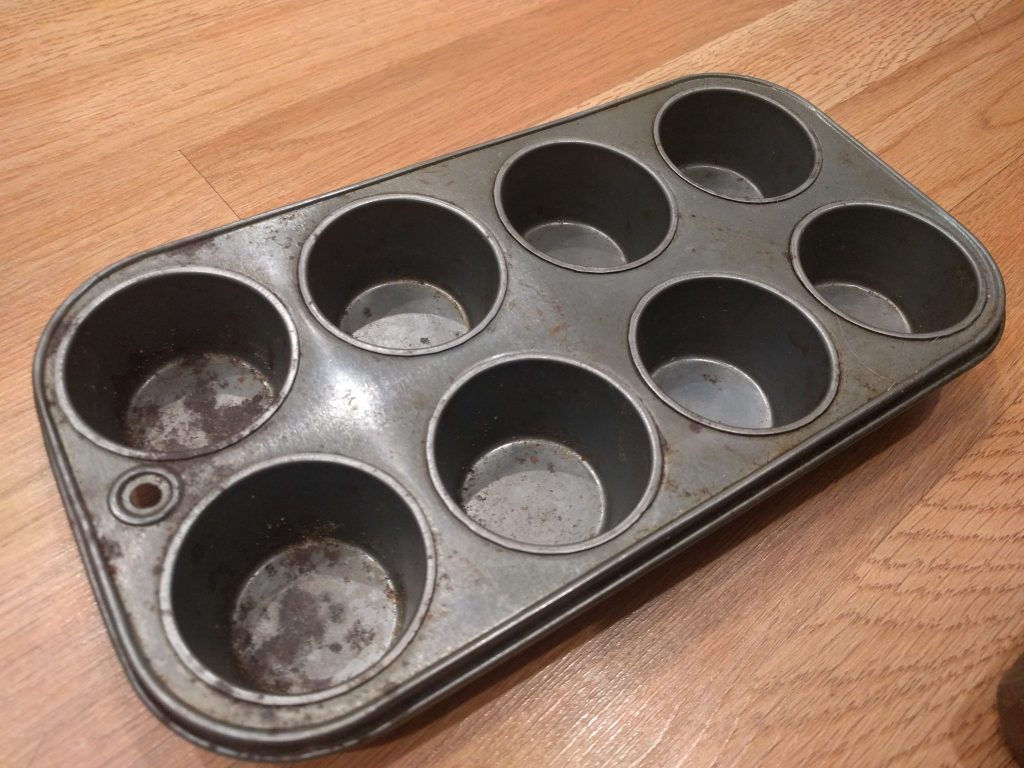

and the aforementioned waffle iron. All these were from a single jackpot sale! A middle-aged man and his parents were cleaning out the parents’ home, so most of the items were mid-century (hence the waffle iron). There was also lots of old tupperware, many other cookie and fruitcake tins (reminds me of my family!), old electronics, etc.

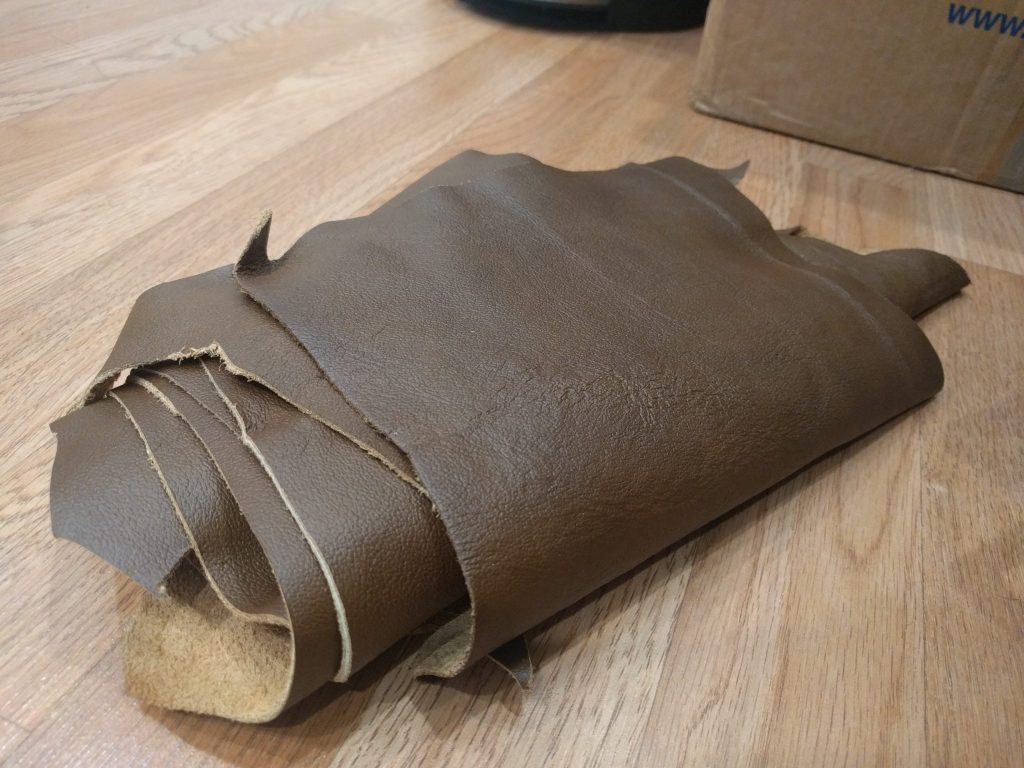
While I was going to garage sales, J got dinner and boba.
We went to Sprouts and Whole Foods afterwards. Sprouts has some weird bulk items, like chocolate-covered honeycomb. Surely people don’t eat the honeycomb. Isn’t it made of beeswax??

After-afterwards we got bread at Paris Baguette, a Korean bakery chain.

J and I were running low on kimchi. The last batch was from 3 or 4 months ago, so we go through about 1 quart per month. College friend S was interested, so we all got together to make kimchi!
We used Maangchi’s recipe, omitting the minari (dropwort) and the Asian chives, and substituting bonito flakes for the brined shrimp. This time, we also decreased the red pepper flakes to 1 cup. We didn’t have enough Korean red pepper flakes, so I substituted cayenne pepper powder for the remainder needed.
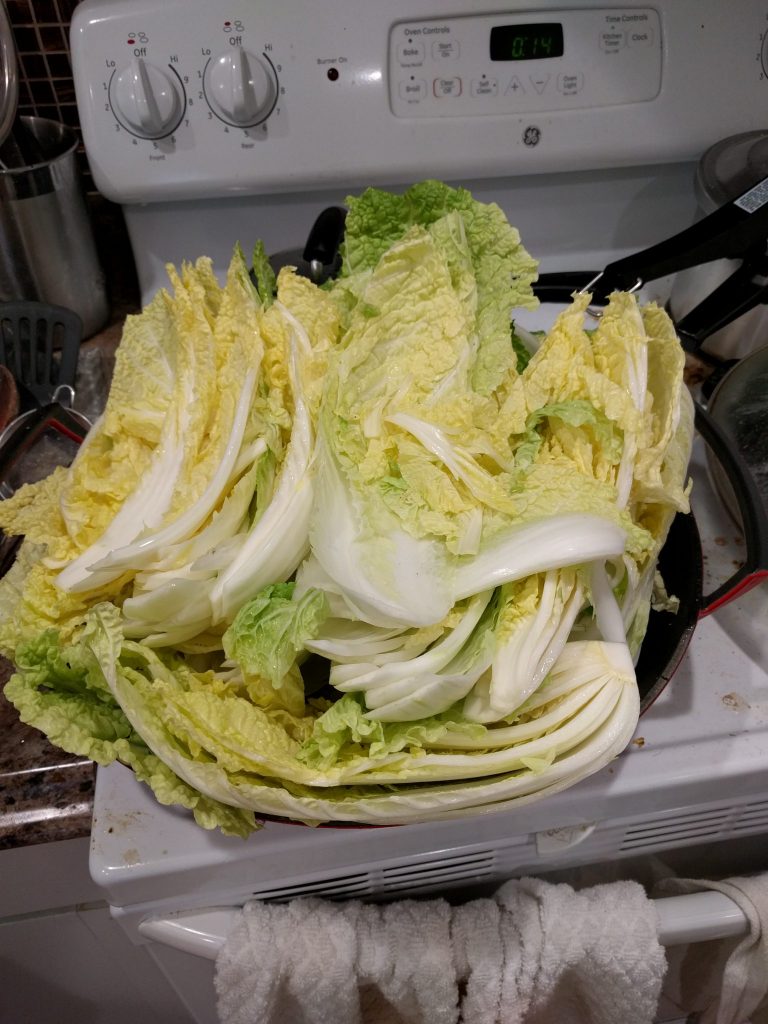
In addition to Napa cabbage (tongbaechu) kimchi, we tried making green onion (pa) kimchi. J really likes green onions 🙂
As usual, the kimchi turned out deliciously. It is much more edible this time around, thanks to halving the amount of red pepper in the recipe! The key to the flavor is the fish. Without it, the kimchi tastes bland (not enough umami); if you get it wrong, it tastes horrible. There was a memorable batch of kimchi several years ago where I used Thai shrimp paste that unfortunately smelled like rubber…


Out of curiosity, I looked up what bacteria are present in kimchi.
The picture [the experiment] paint[s] is that the microbial population changes fairly radically over time. At first, the cabbage, which was soaked in brine, drained, and mixed with a variety of seasonings, was populated mostly by unidentified bacteria and ones from the Deferribacterales group, whose representatives have cropped up in oilfields and in the guts of deep-sea shrimp. These bacteria may have been on the cabbage to begin with, rather than having anything to do with the fermentation, because as the days passed, and the oxygen ran out, others began to take over.
By the seventh day, DNA from the Leuconostoc group, which converts sugars into lactic acid and are behind the fermentation of kefir, a fermented milk drink, and sourdough bread, was on the rise. By day 13, members of the Lactobacillus and Weisellagroups had joined in. Like Leuconostoc, Lactobacillus andWeisella produce lactic acid from sugar, and they’re also part of the team behind cheese, kefir, pickles, and other fermented products. Together the three groups dominated the kimchi for the rest of the experiment.
From BBC Future.
And I discovered that there’s a fermentation subreddit for all your fermentation needs! (The top post at the moment is titled “The number one mistake fermentation newbies make is paranoia“!)
Neither J nor I really drinks alcohol. We use it, in the form of mirin and sake, for cooking. So I’ve been thinking of trying to make sake. A similar process is used to make rice vinegar.
Generally speaking, sake is made by fermenting rice. Amylase is used to break down the starches in cooked rice into simple sugars. Yeast ferments the sugars into alcohol. Then there are a few filtration steps, to remove the half-digested rice chunks and clarify the liquid.
More specifically, the amylase is provided by koji (Aspergillus oryzae, used as well for soy sauce, miso, makgeolli, shouchuu, etc) in modern sake production. The yeast is a specific cultivated variety or varieties. The sake is clarified using activated charcoal. This is the best article I’ve found describing in detail how to make sake. Here’s another that might be easier to follow.
However I’m not interested in “proper” technique. I especially don’t want a fussy recipe where I have to buy things. I’d rather use materials I have on hand or that are available for free (like wild yeast).
So, there are less exacting traditional techniques that can be used. The amylase can be provided by saliva, as in the production of kuchikamizake (as seen in Kimi no Na wa). And the yeast can be wild, as in sourdough. I also suspect that you can use barley malt (leftover from making gochujang) for the amylase. After all, it’s used in other alcoholic beverages.
So, I’ll probably do some low-volume experiments with kuchikamizake, barley malt, and koji, of which I have a very small amount. We’ll see how it goes!
When friend S was over for kimchi making, we started talking about other foods we could make. It seems like there’s the most collective interest in vinegar and in alcohol. ( I’d like to make hard cheeses in the future as well.) So I embarked on some initial vinegar experiments!
According to this source, all you need to do is inoculate an alcoholic liquid with acetic acid-producing bacteria. Some other sites suggested adding sugar, to provide easier-to-access food. You can get the bacteria from unpasteurized vinegar (e.g. Braggs brand), but I figured I would try inoculating with kimchi juice, since it’s sour. I’m not sure what acid is in kimchi. Some of it is lactic acid, but there might be acetic acid as well.
So I mixed together some kimchi juice (1 part), a pinch of sugar, and sake (5 parts) in a little glass jar. I guess I’ll just let it sit and see what happens. I wonder if the sake is too alcoholic. It’s surely possible to kill off all the bacteria.
I also discovered a vinegar subreddit (I’m not even surprised at this point). If you just looked at this, you’d think that everybody’s making their own vinegar!
We got an early 1950s waffle maker from a garage sale!

